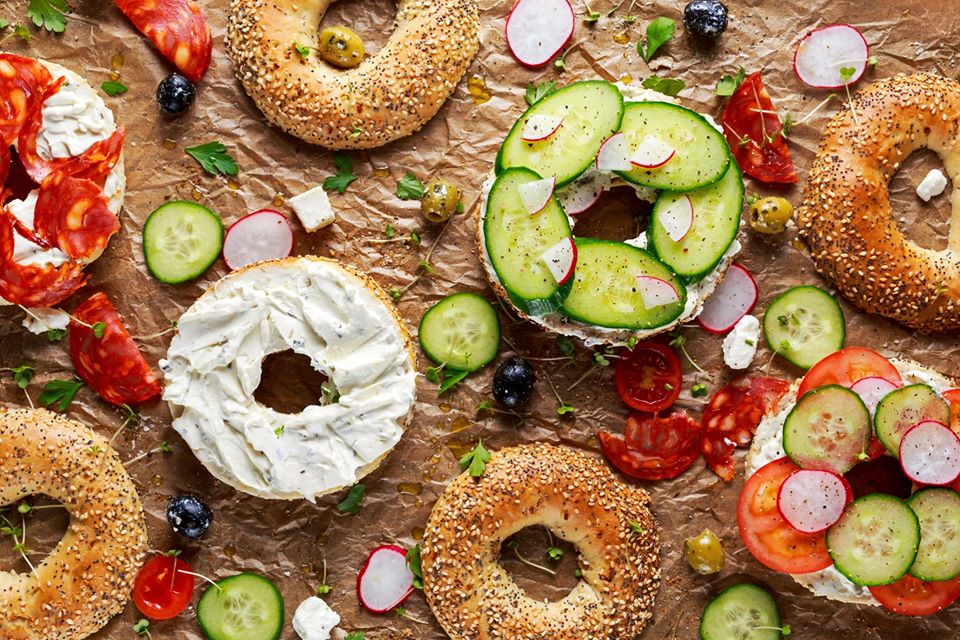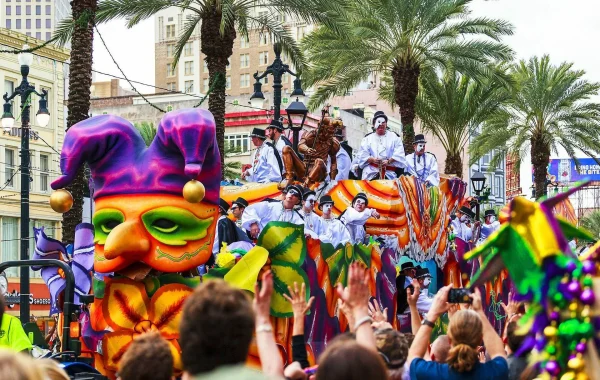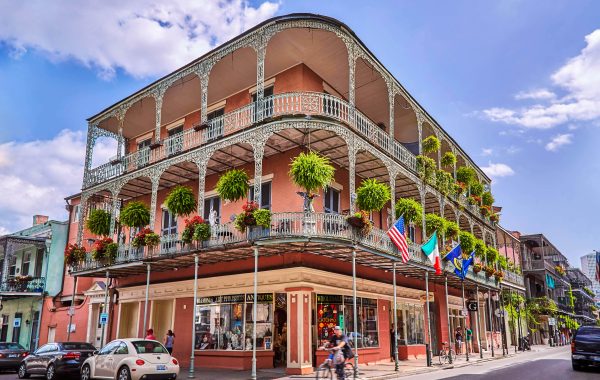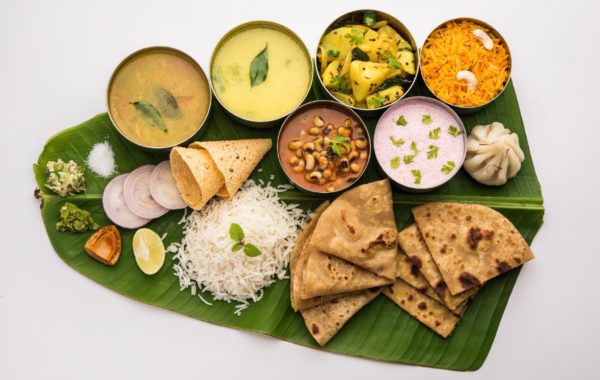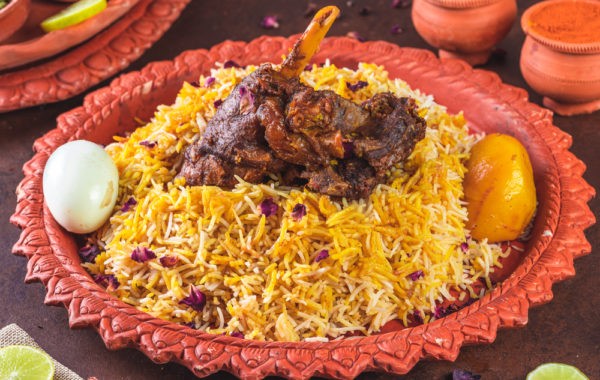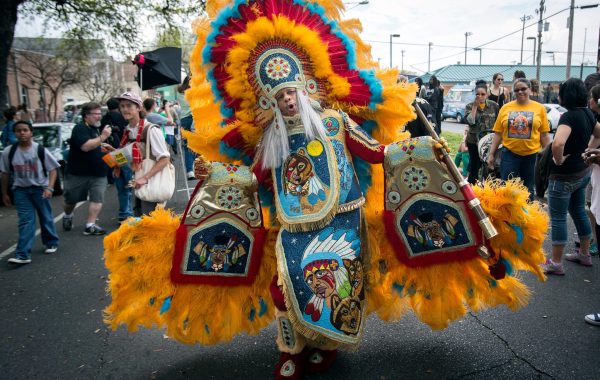Practically every country in the world has some form of bread that they claim as their own. Each of these bread may taste distinctly different, reflecting the food and culture of their place of origin, yet they are all deliciously comforting and a breakfast essential for most of us. If you are a bread lover and wish to explore more options other than your favorite focaccia and baguette, then check out The Foodie Network’s selection of 8 Must-Try pieces of bread from North America.
1. Sourdough, California
Sourdough has been an iconic bread and a staple of Western cuisine, ever since California’s days of gold mining around 1849. It is the oldest and the most original form of leavened bread, with the oldest recorded use of sourdough dating back to the ancient Egyptians. During the gold rush period, the Boudin family (well-known bakers from France) came to San Francisco and became famous for their unique sourdough bread. The Boudin bakery has been using the same starter sourdough culture since 1849, called Mother Dough, and it is still operating today. Sourdough bread is never cheap – it takes too long, demands specialized skills to make – but once you try it, you may get hooked. Baked in rough-looking globes, unlike the neat rectangles of factory-made bread, it has a chewiness, a flavor, a satisfying depth to it. Toasted, it is comfort food in abundance, or pair it with clam chowder and it becomes a meal in itself. What’s more, there is growing evidence to suggest that for people suffering from gluten sensitivity, proper sourdough bread may be more digestible than our square factory loaves.
The sourdough craze spread like wildfire, and today there is a huge number of artisanal bakeries that sell sourdough bread all around the San Francisco Bay Area, and in bakeries the world over. Closer home in India, you could satisfy your sourdough craving at Nature’s Basket, and The Baker’s Dozen to name a few.
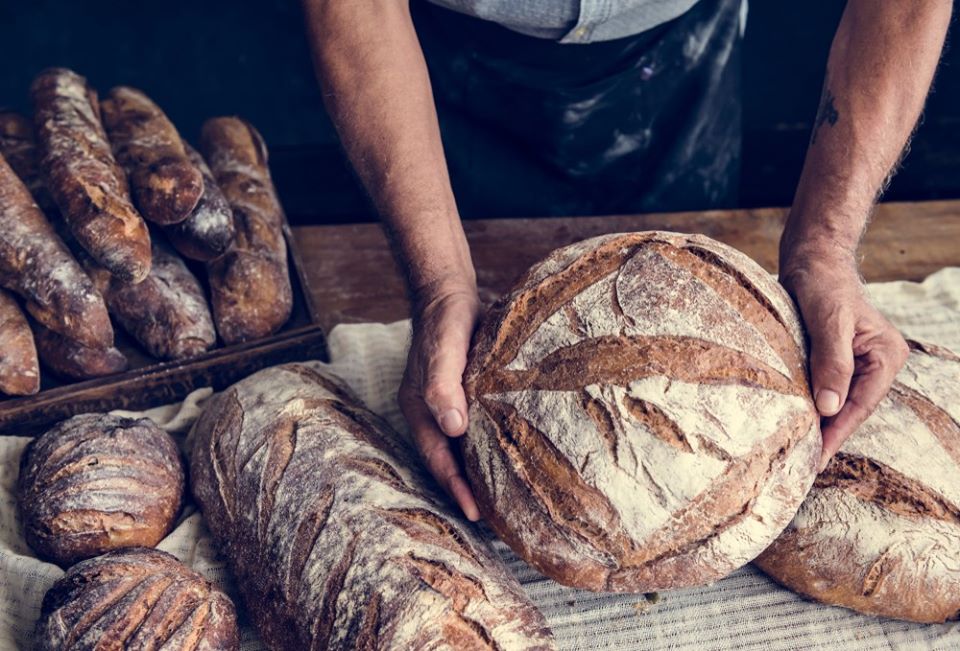
2. Tortilla, Mexico
Tortilla, originally a corn flatbread, is one of the essential bread varieties that has been present in Mexican culture since at least 700 B.C. The first tortilla was created out of the staple ingredient of indigenous cultures, the ubiquitous corn. Before being ground, the corn is mixed with an alkaline ingredient such as lime, a process called nixtamalization that makes the grain more nutritious and easier to digest.
The narrative of the tortilla inadvertently changed after the Spanish entered Mexico in the 15th century. They brought their culinary traditions, in which wheat played a crucial role. Whether made with corn or wheat, this ancient Mexican product has gained followers around the world and has become one of the most common bread varieties in the world.
Today, tortillas are usually used as a foundation and a wrapper to numerous dishes such as tacos, burritos, enchiladas, and quesadillas. They are also commonly served alongside stews and chilies, where they are often used as an accompaniment.
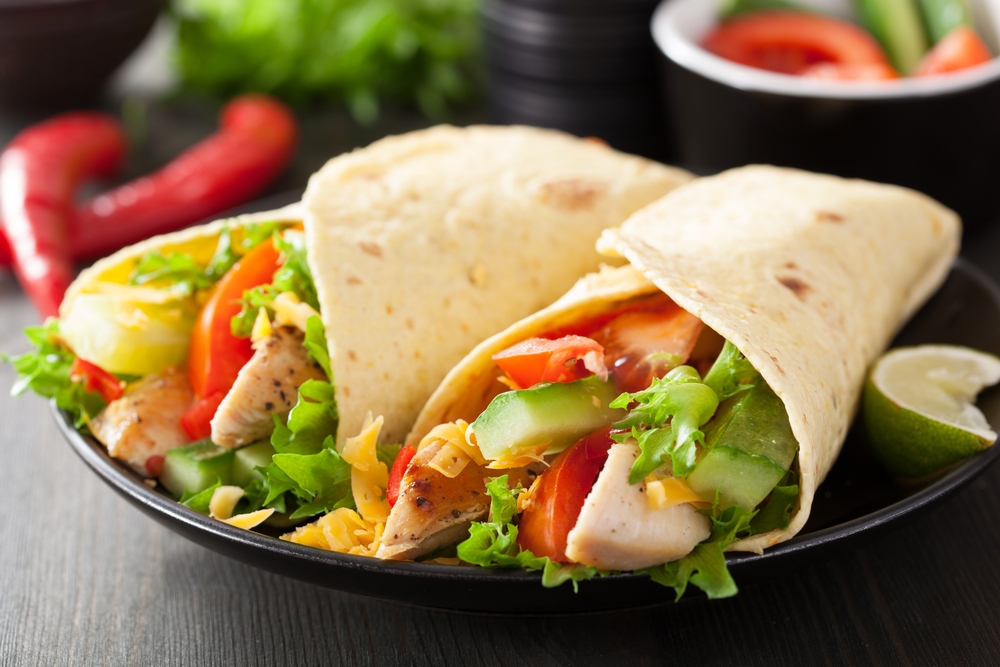
3. Montreal Bagels – Canada
For the longest time, Bagels have been synonymous with New York so much so that New Yorkers (residents and visitors) may think they have a monopoly on bagels, but the Montreal version is an entirely different delicacy. This bagel variety came to Montreal with the wave of Eastern European Jews during the early 1900s. Before baking, these bagels are boiled in kettles of honey water. Unlike New York-style bagels, these contain no salt and are less dense, with a slightly sweeter flavor. They are rolled and cut by hand and have a large hole in the center. Because Montreal bagels are wood-fired, it results in a crispy exterior and a chewy interior of the dough. Traditionally, they are available in two varieties – sesame seed bagels and poppy seed bagels.
Next time you are in Montreal, stop by at the Fairmount Bagel Bakery, which became the city’s first bagel bakery when it opened in 1919 under the name Montreal Bagel Bakery.

4. Banana Bread, North America
Talk about comfort food and Banana bread is sure to top the list. It is a moist, sweet American bread made from mashed bananas. Bananas first started to appear in the United States in the late 19th century, and it took some time before they started to get used to desserts. This bread became very popular with the rise of baking soda and baking powder during the 1930s. Although it is an American invention, banana bread is also very popular in Vietnam, baked in two varieties – baked banana cake, with a golden-brown crust, and banana pudding, or steamed banana cake.
Along with bananas as the key ingredient, walnuts, pecans, cinnamon, raisins, or chocolate chips are also sometimes added to the bread in order to improvise. Either way, it is perfect for a lazy weekend especially if you are entertaining guests because there’s something for everyone, from healthy to sugar-free to vegan versions.

5. Pupusa, El Salvador
Walk the streets of San Salvador, and you’ll never be far from the toasted-corn scent of cooking pupusas, a flavor that’s endured through the centuries. Pupusa is the national dish of El Salvador, a thick, stuffed, skillet-cooked corn tortilla, traditionally served with a side of tomato salsa and coleslaw. Pupusas are almost always handmade, sold at numerous street corners in the country. To make pupusas, a cook wraps a filling of cheese, pork, or spiced beans into tender corn dough, then pats the mixture onto a blazing-hot griddle. A bright topping of slaw-like curtido cuts through the fat and salt for a satisfying meal. Pupusas can also often be found at tiny restaurants called pupuserias. After the meal, hot chocolate is the most common accompaniment to this flavourful dish.
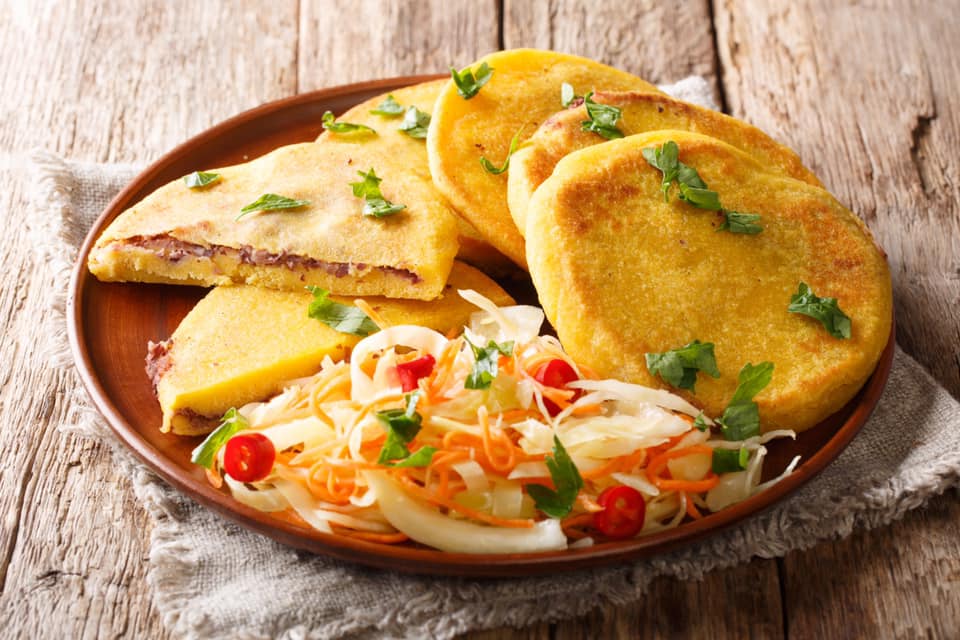
6. Bammy, Jamaica
Bammy is a traditional Jamaican cassava flatbread originating from the Arawaks, who are the island’s original inhabitants. Pan-fried cassava cakes are delicious comfort food in Jamaica, where rounds of bammy bread are a hearty pairing for the island’s ultra-fresh seafood. Bammy is made from bitter cassava (also called yuca and manioc in other American cultures). The traditional process for making bammy bread starts with processing grated cassava to get rid of naturally occurring cyanide — extract the liquid — add salt to the dried pulp — fry and form bammy into a circle in the frying pan — submerge in coconut milk and either — refry or grill the cassava flatbread.
The bread can usually be bought from local vendors, and it is served either for breakfast or on the side as an accompaniment to meat and fish dishes.
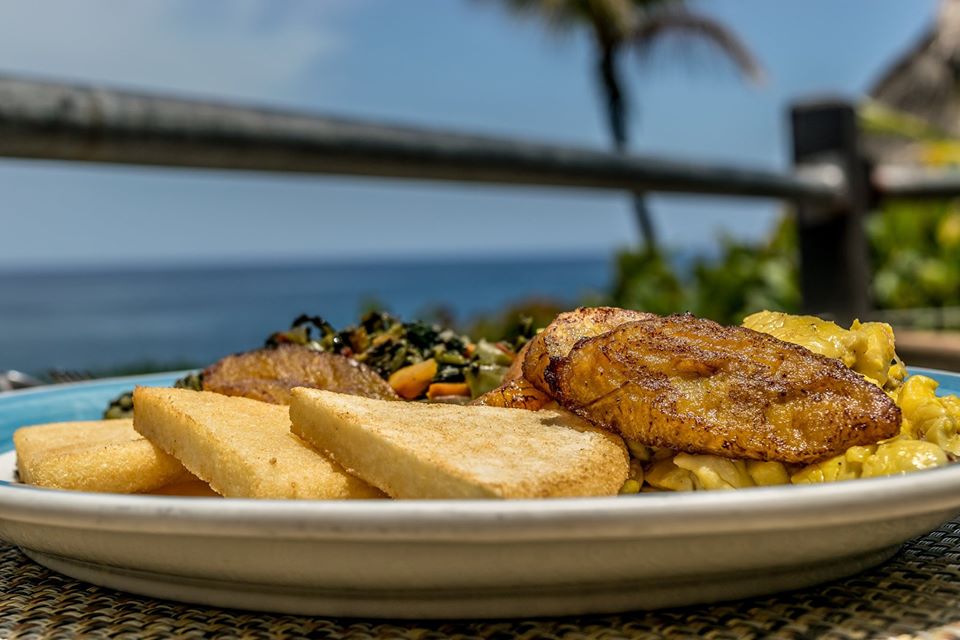
7. Corn Bread, South America
Whether you like this US classic sweet and dense or savory and crumbly; whether you prefer bacon and cheese seasoning or a topping of chilies, the versatile Cornbread has you covered! The soft, but firm baked bread made with cornmeal is easily the most important memorabilia of the American past, which is especially associated with the American South. Corn has been a staple ingredient among the Native Americans, who created the first version of what is today known as cornbread. Originally, cornbread was white in color, and since it was made with stone-milled corn, which produced coarser flour, it created a more substantial meal. The change occurred with the introduction of industrial mills, which finely ground the corn and caused the loss of natural sweetness. During this period, wheat, eggs, and milk products were introduced, to transform the well-known firm and rustic cornbread into a softer and more subtle version. However, the southern part of the United States kept the tradition of preparing the rustic variety, while the northern adopted the leavened, softer, and sweeter version. These days, some people add buttermilk and sour cream for a richer flavor.
The versatility of this otherwise simple creation is also found in how the bread is consumed. While some American cultures treat is as a substantial side dish and often use it as an accompaniment to bean and lentil stews, some cover it in honey or molasses and often make muffins to eat it as a dessert. Some even treat it as a breakfast essential and have it by drenching it in a warm glass of milk.
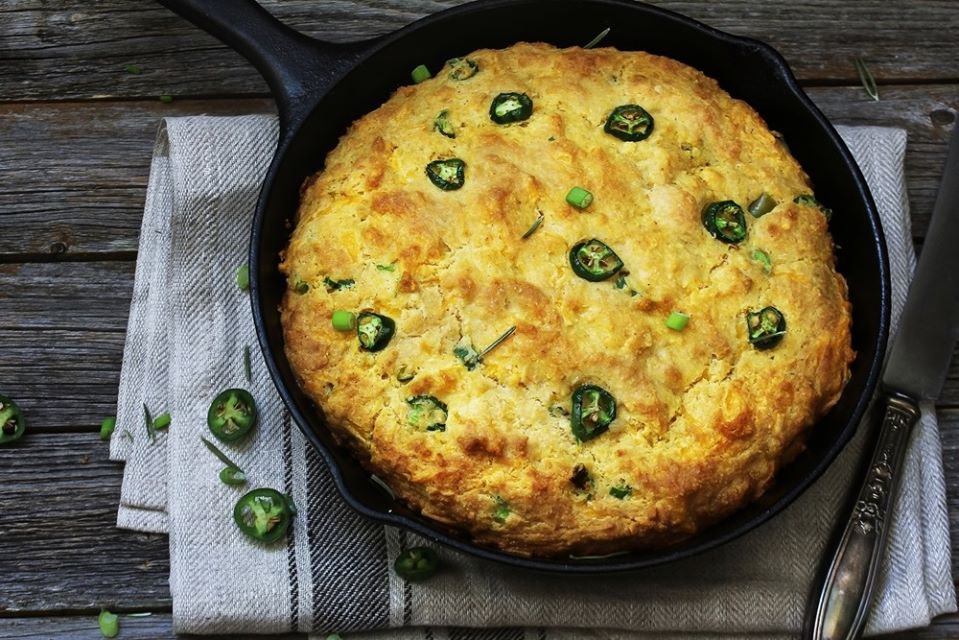
8. Biscuit, North America
While biscuit usually refers to twice-baked bread, but the American version of a biscuit is more suggestive of a European scone. Glazed with butter, biscuits are one of the United States’ most comforting snacks especially in the Southern states where for centuries, biscuits were seen as a special treat for Sunday dinner. These days they’re available everywhere, from gas station barbecue joints to home-cooked meals. Part of the secret to making a fluffy biscuit is in the flour, typically a low-protein flour like White Lily is used. It is a popular breakfast dish throughout the United States of America, and in the Southern parts of the country, where biscuits ‘n’ gravy is considered a divine combination, consists of tender dough biscuits that are covered in a thick gravy, usually made from the drippings of pork sausages, flour, and milk.
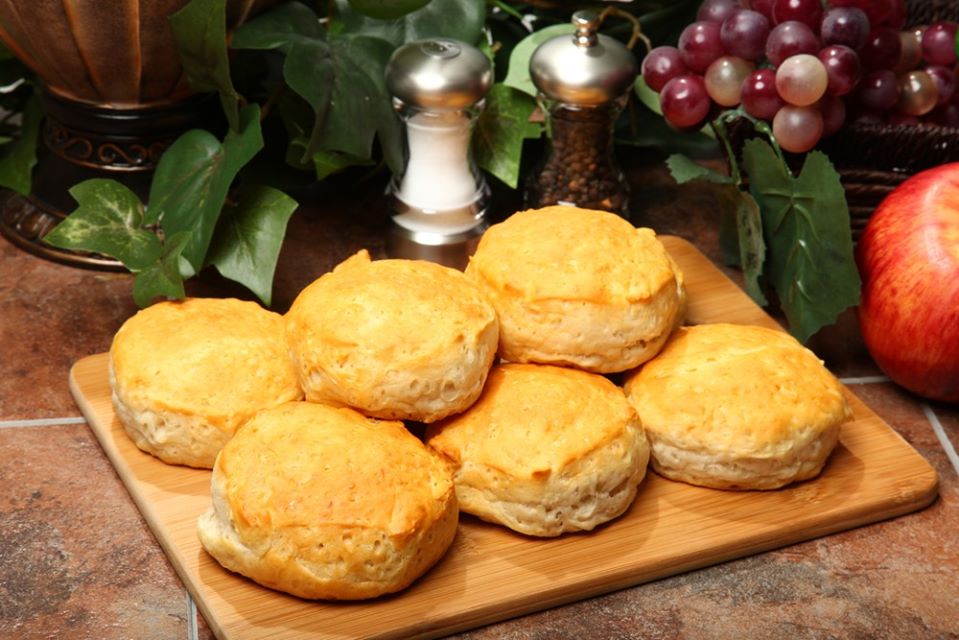
For the latest travel news and updates, food and drink journeys, restaurant features, and more, like us on Facebook or follow us on Instagram. Read more on Travel and Food Network
You May Also Like:
Avocado On Toast With Poached Eggs – Immunity Boosting Recipe
An Entire Day Of Immunity Boosting Meals For The Family
Trending on TFN
The 22 Best Places To Go In 2022
Explore Utah’s Mighty 5® and What Lies in Between


